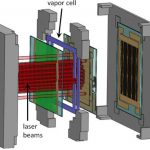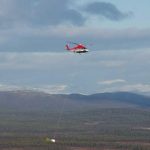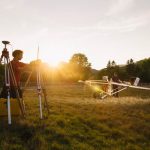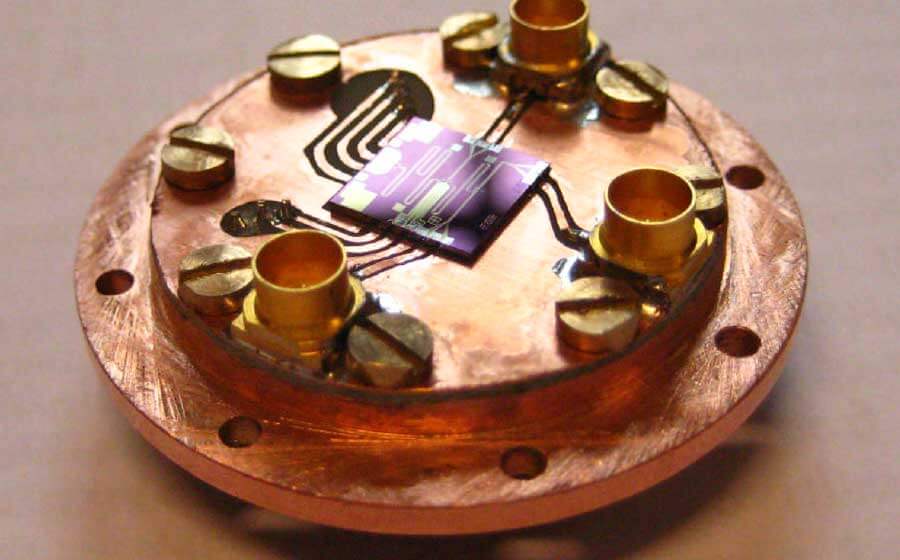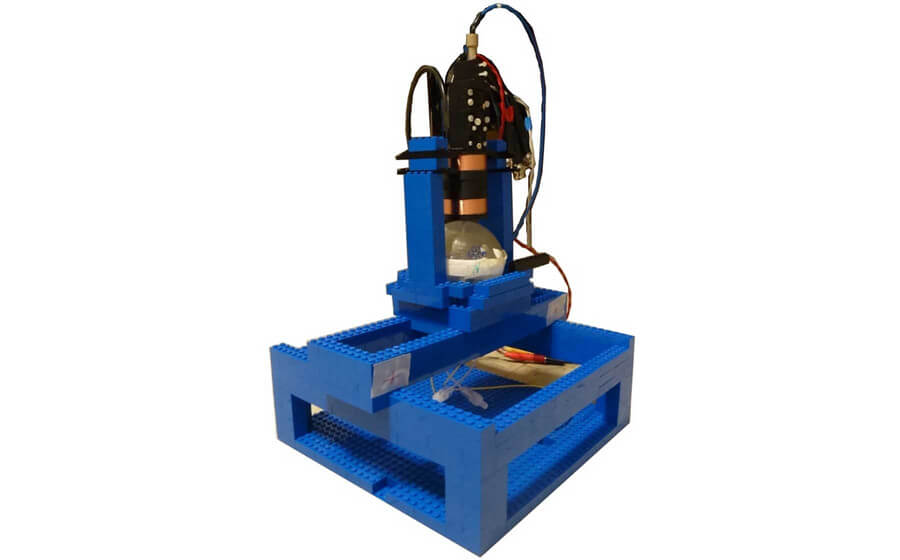- Home
- Research
- Quantum Systems
Scientific Profile
The research department investigates quantum, quantum-optical and atomic-physical phenomena in atomic and solid-state based quantum systems and innovative materials to make them accessible for applications. One research focus lays on new, quantum-limited photonic magnetometers e.g. individual sensors of the highest resolution and sensor arrays in imaging cameras for applications in biophotonics and geophysics. The research work covers the entire chain from the development of new operational modes, through innovative assembly, connection and system technologies to ready-to-use measuring instruments and the associated data evaluation processes. In the second thematic complex, the work focuses on cryogenic, superconducting circuits. Here, quantum effects in set-ups made of elements such as resonators, Josephson junctions, superconducting quantum interference detectors and quantum bits are fundamentally investigated and used for example, to realize new quantum-limited sensors and measuring systems, quantum circuits and hybrid quantum systems as well as interface circuits.
Research Topics
The focus lays on working principles, manufacturing, operation and system integration of quantum systems and sensors based on the micro- and nanotechnologies.
- Development of quantum sensors based on optically pumped magnetometers (OPM): integrated, miniaturized OPM sensors and arrays for biophotonic imaging as well as geo- and environmental sciences, novel readout modes, fiber-based OPMs,
- Research, design and characterization of micro-structured solid-state quantum circuits for highly sensitive detectors and scientific instruments,
- Development and research of individual and arrays of quantum bits and corresponding interaction principles with microwave radiation and control fields,
- Research on properties and applications of new materials such as NbN,
- Tailored, complex tools for various applications and platforms including innovative data processing and 3D inversion techniques.
Areas of application

Areas of application arise in medicine, environmental and geosciences as well as basic research where the use of quantum effects offers improved or new functionality.
- (fetal) magnetocardiography and encephalography; Biosusceptometry, magnetorelaxometry,
- Geophysical exploration: magnetic methods (vector magnetometry and full tensor gradiometry) and electromagnetic methods,
- Microwave single-photon detectors, superconducting quantum interference detectors (SQUID) as well as readout, control and interface circuits: microwave multiplexers, superconducting digital electronics (AQFP, RSFQ),
- Superconducting radiation detectors based on bolometers for radio astronomy and security technology,
- Physics beyond the standard model e.g. Search for Axions: OPMs in GNOME, superconducting microwave amplifiers.

